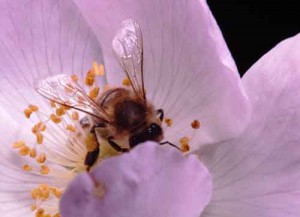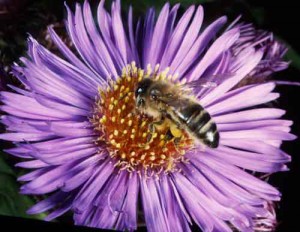Frequently Asked Questions
HOW DO I JOIN?
Download a membership form from the website but do read this first, then complete the form and send to the Treasurer as detailed on the form.
DO I HAVE TO HAVE BEES TO JOIN?
No, you can join as a friend category and upgrade to full membership when you get your bees. A large part of the full membership fee covers insurance for your bees.
DOES THE INSURANCE THAT COMES WITH MEMBERSHIP COVER 3rd PARTY LIABILITY?
The insurance includes the BDI (Bee Disease Insurance) in case you have to destroy your colony because of a notifiable disease, Public Liability to £5,000,000, Products Liability to £5,000,000, Professional Indemnity to £2,000,000. Excess £250 for each claim.
HOW DO I FIND OTHER BEE KEEPERS THAT LIVE NEAR ME?
Join your local beekeeping group and come to meetings and meet people.
HOW DO I LEARN MORE ABOUT KEEPING BEES?
Join your local beekeeping group and come to out-apiary meetings to gain practical experience. Go on beekeeping courses run by local groups, these are usually run in early summer, check the website for details. There are many beekeeping books, some good some bad, recommended ones are: Bees and Honey by Ted Hooper; Bees at the bottom of the garden by Alan Campion; Practical Beekeeping by Clive de Bruyn. There is a lot of material on the web, again some good some rubbish, a good place to start is the links page of your local beekeeping association.
AS A NEW BEEKEEPER WHAT IS THE BASIC EQUIPMENT I SHOULD BUY?
If you wish to keep bees the minimum to start with is a protective bee suit, a hive tool, a smoker and a complete hive and the book Bees and Honey by Ted Hooper for reference. You should also have by your second year a spare floor, brood box, cover board and roof in order to do an artificial swarm. It is a good idea to run two hives of bees (plus a spare hive for artificial swarms) in case you have a problem with one you can rescue the situation using the other. Other items include: a record sheet , queen puzzle cage, queen marker pen, bee brush (or large feather), spare frames and supers, 1” scraper for cleaning wax and propolis off wooden parts, washing soda crystals to sterilize old frames, blowtorch for sterilizing wooden parts, boxes or shed to store it all in! In due course if you are lucky enough to get a harvest (usually your second year) you may require various honey buckets and jars, uncapping knife, sieves etc. You can hire an extractor from your local bee supplies firm.
[Left bee on nectar duty; right on pollen duty]



